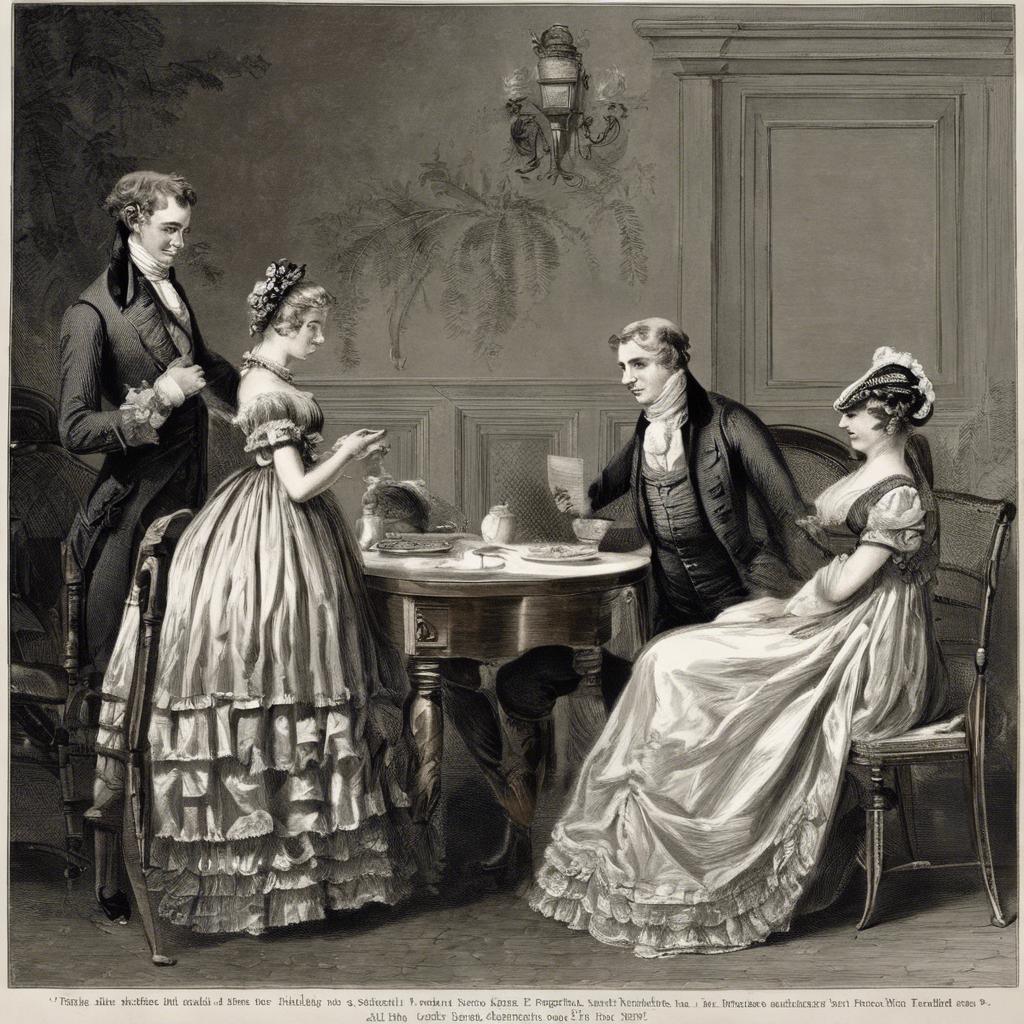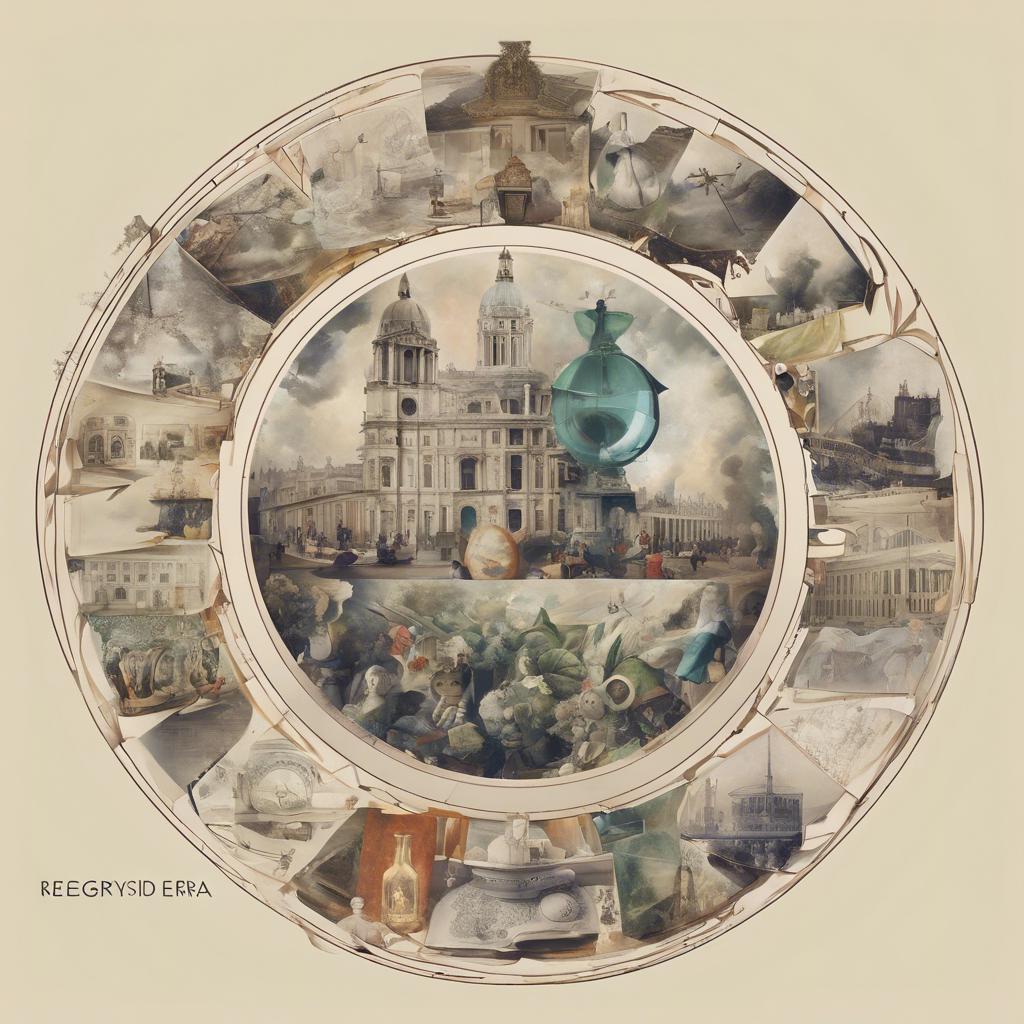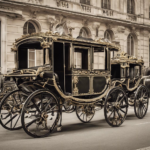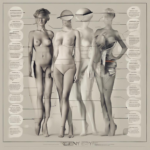The Regency era in English history, spanning from 1811 to 1820, is a period marked by cultural, political, and societal upheaval. Named after the Prince Regent, who ruled in place of his mentally incapacitated father, King George III, this era brought about significant changes to the customs and traditions of English society. From the rise of Romanticism in literature and art to the turbulent Napoleonic Wars, the Regency era was a time of flux and transition. In this article, we will delve into the intricacies of Regency era English, exploring its fashion, social norms, and political climate to gain a deeper understanding of this fascinating period in history.
Step Into the World of Cheryl Bolen
Dive into the enchanting stories of love, intrigue, and elegance set in the Regency Era. Cheryl Bolen's novels offer timeless romance and captivating tales that will leave you wanting more.
Explore Cheryl Bolen's Books Now
Heading 1: Social Etiquette and Manners in Regency Era England
In Regency Era England, social etiquette and manners played a crucial role in society. It was expected that individuals conduct themselves with grace, poise, and propriety in all social situations. One of the key characteristics of this time period was the importance of hierarchy and class distinction.
**Social Etiquette Rules:**
- Proper greetings and introductions were essential when meeting someone for the first time.
- Respect for elders and social superiors was paramount.
- Table manners were meticulously observed, including using the correct utensils and napkin placement.
- Modesty in dress and behavior was highly valued.
| Class | Behaviors |
|---|---|
| Nobility | Expected to uphold the highest standards of etiquette and manners. |
| Commoners | Adherence to social conventions was still important, but less strictly enforced. |
**Social Events:**
- Balls and soirées were popular gatherings where attendees could showcase their social graces and elegance.
- Tea parties and dinners were common ways of entertaining guests in a formal setting.
- Etiquette guides and manuals were widely available to help individuals navigate the complexities of social interactions.
Heading 2: Fashion and Style Trends of the Regency Era
During the Regency Era in England, fashion and style trends underwent significant changes. Women’s clothing embraced a more lightweight and fluid silhouette, characterized by high waists and flowing fabrics. The empire waistline became popular, accentuating the natural waist and creating a graceful, elongated look. Bold colors and intricate patterns were also prominent in women’s attire, adding a touch of extravagance to everyday outfits.
Men’s fashion in the Regency Era was influenced by the dandy style, with tailored suits and refined accessories taking center stage. Tailcoats, waistcoats, and cravats were essential elements of a gentleman’s wardrobe, showcasing sophistication and elegance. Neutral tones such as black, navy, and white were favored by men, exuding a sense of refinement and class.
Accessories played a crucial role in completing both men’s and women’s outfits during the Regency Era. Women adorned their hair with intricate headpieces and feathers, while men accessorized with top hats, gloves, and walking sticks. Jewelry was also a key component of fashion, with pearls, cameos, and delicate necklaces adding a touch of opulence to any ensemble.
Heading 3: Literature and Arts During the Regency Period
The literature and arts of the Regency period in England were characterized by a unique blend of classicism and romanticism. Writers and poets such as Jane Austen, Lord Byron, and John Keats were prominent figures during this era, producing works that reflected the societal changes and upheavals of the time.
In the field of visual arts, the Regency period saw a revival of interest in Neoclassical styles, with artists like Joshua Reynolds and Thomas Lawrence gaining widespread acclaim for their portraits and historical paintings. The Regency style in architecture also flourished, with the elegant and symmetrical designs of John Nash and John Soane defining the landscape of early 19th century England.
Moreover, the Regency period witnessed a surge in popularity of Gothic literature, with authors like Ann Radcliffe and Horace Walpole captivating readers with their tales of mystery and the supernatural. The cultural landscape of the time was rich and diverse, reflecting the tensions and contradictions of a society in transition.
Heading 4: Recommendations for Exploring Regency Era English Literature and Culture
Exploring Regency era English literature and culture can be a fascinating journey into a world of elegance, wit, and societal norms. To make the most of your exploration, here are some recommendations to guide you:
Firstly, immerse yourself in the works of renowned Regency era authors such as Jane Austen, Charlotte Brontë, and Lord Byron. Their novels, poetry, and letters provide valuable insights into the values, customs, and language of the time. **Reading novels like “Pride and Prejudice” and “Jane Eyre” can give you a glimpse into the lives of Regency era characters and the societal expectations they navigated**.
Secondly, consider attending Regency era themed events, such as balls, tea parties, or literary salons. These gatherings often feature period-appropriate attire, music, and activities, allowing you to experience a taste of Regency era social life firsthand. **Participating in these events can help you better understand the etiquette, fashion, and entertainment of the time**.
Insights and Conclusions
the Regency Era in English history marked a significant period of cultural, social, and political transformation. With the rise of the Romantic movement, the flourishing of literature and the arts, as well as the influence of notable figures like Jane Austen and Lord Byron, this era continues to captivate our imagination and shape our understanding of the past. Through examining the elegant fashion, intricate architecture, and refined manners of the Regency period, we gain insight into the values and ideals that defined this unique chapter in history. As we reflect on the legacy of the Regency Era, let us continue to appreciate and celebrate the rich tapestry of English heritage it has left behind.


